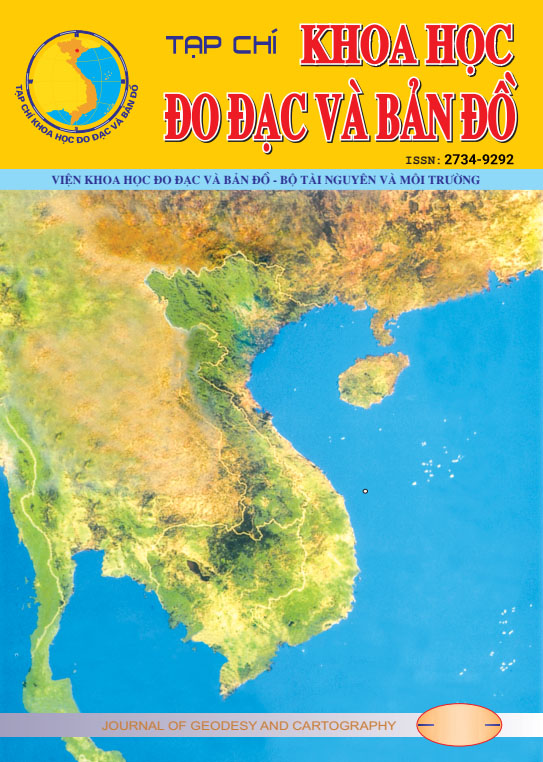Abstract
Suspended sediment concentration (SSC) in the sea water is thepresence of the suspended particles with varies in size from coarserto finer such as water molecule, organic matter, inorganic suspendedmatter, plants and phytoplankton, etc. It is very important toestimate the suspended sediment concentration in the estuary mouth inthe studies of hydrology, geomorphology and morphology of the deltaregion. In estuarine study, suspended sediment concentration (SSC) varies significantly both in time and in space in response tofreshwater discharge, tidal variability, and channel geometry. SSC’sconventional measurements are expensive and limited to experiments ata single location leading to spatial extent limitation. Therefore,this study aimed to investigate if SSC values could be estimateddirectly from remote sensing data that are increasingly available.Advantage of using remote sensing data is to provide retrospectiveinformation of SSC in spatial distribution in a big scope. In this study, we used temporal remote sensing images todetermine the relationship between the reflectance spectra from theLandsat and the SSC in estuaries from Haiphong to Nam Dinh coastallines based on the variety and multivariate regression analysismethodology.
PDF (Tiếng Việt)
| Download: 152
Downloads
Download data is not yet available.

